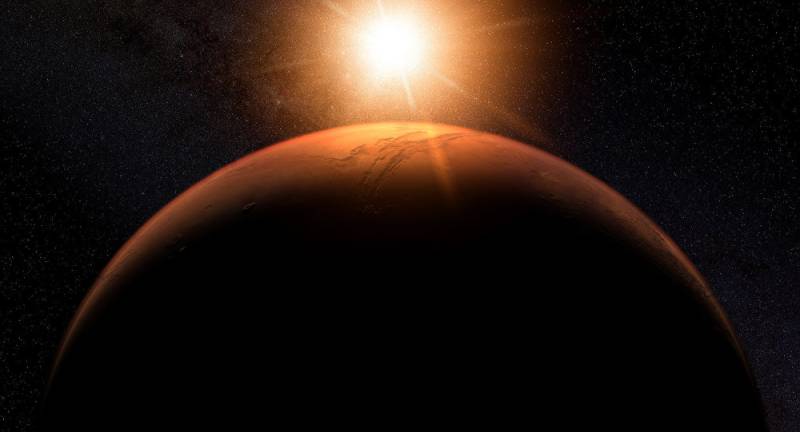Next year, NASA and the European Space Agency’s drilling rovers are to leave for the red planet to seek traces of life deep under the Martian surface. According to Dr Jim Green, who is involved with both missions, it is possible that at least one of them will discover the long-anticipated evidence.
The National Aeronautics and Space Administration’s (NASA) Chief Scientist Jim Green has warned in an interview with The Sunday Telegraph that Earth is not prepared to find life on another planet, something which could possibly happen within a couple of years.
According to the researcher, Europe's ExoMars Rover, named after chemist Rosalind Franklin, and NASA's Mars 2020, which will be launched next March and arrive on Mars in 2021 to drill and look for signs of extra-terrestrial life, have chances of finding it. Core samples that the ESA's ExoMars will extract will then be studied for organic matter, while samples taken by NASA’s rover from Martian subsurface rock formations will be sent back to Earth in special tubes for the first time in human history.
The search is focused on regions of what is believed to have been an ancient ocean on the red planet , which allegedly existed up to four billion years ago. As Green points out, where there is water there is life. Thus, traces of the Martian ocean might conceal evidence of life, and the scientists will be specifically searching for 300 minerals created by certain organisms.
Although the potential “revolutionary” discovery is expected to “start a whole new line of thinking”, Green, who has worked with both missions, hinted that it might not be good news.
“I don't think we're prepared for the results”, he said.
The missions follow up on the breakthrough discovery of the first geological evidence that there are water reservoirs under the Martian surface. The scientists came to this conclusion after studying data from the Mars Express satellite on enclosed craters in Mars’ northern hemisphere, which are 4,000 metres below the planet’s theorised sea level.






